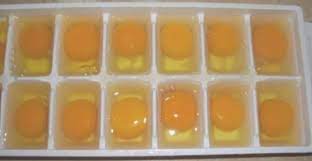Here’s How Pineapple Affects Your Blood Sugar and Helps Fight Diabetes!
Foods with a high glycemic index can raise your glucose levels pretty easily, while those with a low GI can be eaten safely. One of the best foods with a low glycemic index is the pineapple, a fruit rich in fiber and vitamin C and is also low on carbs. However, this only goes for fresh or frozen pineapple chunks – pineapple juice is a rich source of sugar, so it should be consumed in moderation. If you plan on including pineapple in your meals, make sure you combine it with low or medium GI foods to prevent your blood sugar levels from going up.
You can safely combine pineapple with pasta, brown rice, oatmeal, legumes, whole grain bread, and barley. On the other hand, it shouldn’t be combined with saltine crackers, pretzels, instant oatmeal, white bread or potatoes.
As we already said, pineapple is best consumed frozen. It has a lower glycemic index than a cup of pineapple juice, so you may only combine a bit of the juice with frozen pineapple chunks. Canned pineapple is great as well, but you should consume it with caution as it contains syrup full of sugar.
Conclusion
Pineapple can be consumed by diabetics, although it’s pretty important to pay attention the amount. In general, it’s best to see how you’re feeling after eating pineapple slices or drinking the juice, and report any change in your blood sugar levels to your doctor. If it raises your glucose levels or they drop too low, you should immediately stop consuming this fruit.


